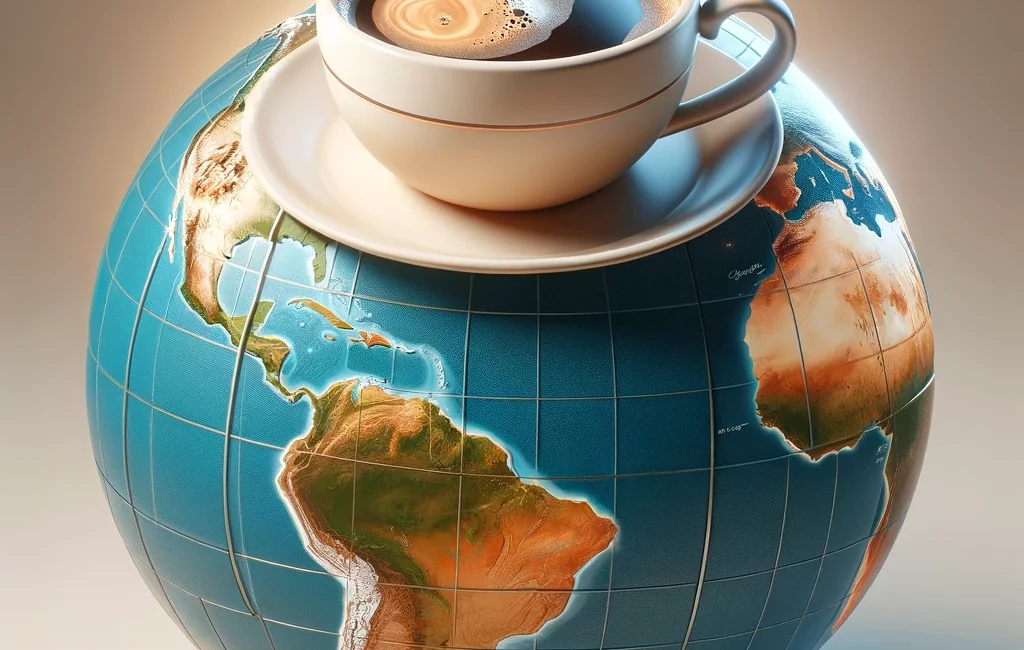
Coffee, a beverage revered by many, is not just about the beans; it’s about where they come from. The concept of terroir, often associated with wine, plays a crucial role in the world of coffee. Terroir refers to the unique set of environmental factors – soil, climate, elevation – that impart distinct characteristics to coffee beans. In this post, we‘ll explore how terroir influences the flavor of coffee and why it’s essential for coffee aficionados to appreciate these subtleties.
1. Understanding Terroir in Coffee
The journey begins with the coffee plant itself, typically grown in tropical climates along the equatorial zone known as the “Bean Belt.” Countries like Ethiopia, Colombia, and Brazil, each boast unique terroirs. For instance, Ethiopian coffee, where Arabica coffee originated, is renowned for its floral and fruity notes, a direct result of its high-altitude growing conditions and rich, volcanic soil.
2. The Impact of Soil and Climate
Soil type can significantly influence coffee flavor. Volcanic soil, common in regions like Central America, imparts a bright acidity and complex flavor profile to the coffee. On the other hand, sandy soils, as found in parts of Africa, often result in lighter, fruitier coffees.
Climate also plays a pivotal role. Consistent temperatures and balanced rainfall yield beans with more nuanced flavors. In contrast, regions with drastic seasonal changes often produce beans with bolder, more robust profiles.
3. Elevation Matters
Elevation is another critical factor. Higher altitudes typically produce beans with higher acidity and a more refined flavor profile, often described as “bright†or “crisp.†Lower elevations, conversely, tend to yield beans with a fuller body and milder acidity.
4. Processing and Its Influence
Post-harvest processing methods, like washed or natural, also impact flavor. In washed processing, the fruit is removed before drying, leading to a cleaner, more consistent flavor. Natural processing, where beans are dried inside the fruit, often results in a sweeter, more complex cup.

5. A World of Flavors
Every coffee-growing region offers a unique profile. Brazilian coffees are often characterized by nutty, chocolate notes, suitable for espresso blends. Colombian coffees are known for their balance and mild flavors, with a hint of nuttiness and fruitiness. Indonesian coffees, such as Sumatra, often have an earthy, full-bodied profile.
6. Appreciating the Diversity
Understanding and appreciating the impact of terroir can greatly enhance your coffee experience. It allows you to explore the diversity of flavors and find the profile that best suits your palate. Next time you enjoy a cup, think about the journey those beans have taken and the unique environmental factors that have shaped their flavor.
In conclusion, terroir in coffee is a fascinating and complex subject, integral to understanding what makes each cup unique. Whether you’re a casual drinker or a connoisseur, delving into the world of coffee terroir can deepen your appreciation for this beloved beverage. So, the next time you sip on your favorite brew, remember, it’s not just a bean; it’s a journey through diverse landscapes and climates, each imparting its own story into your cup.


